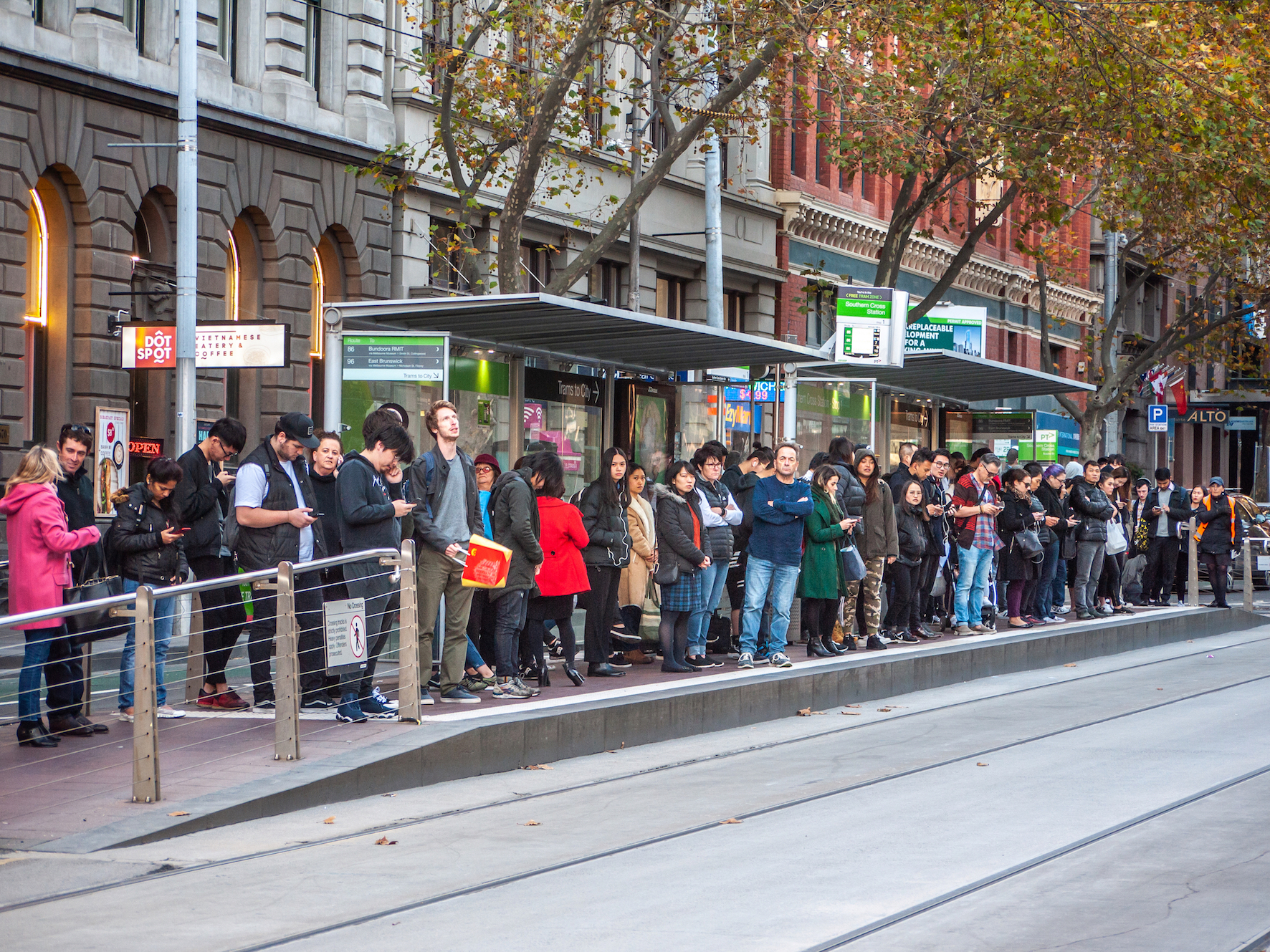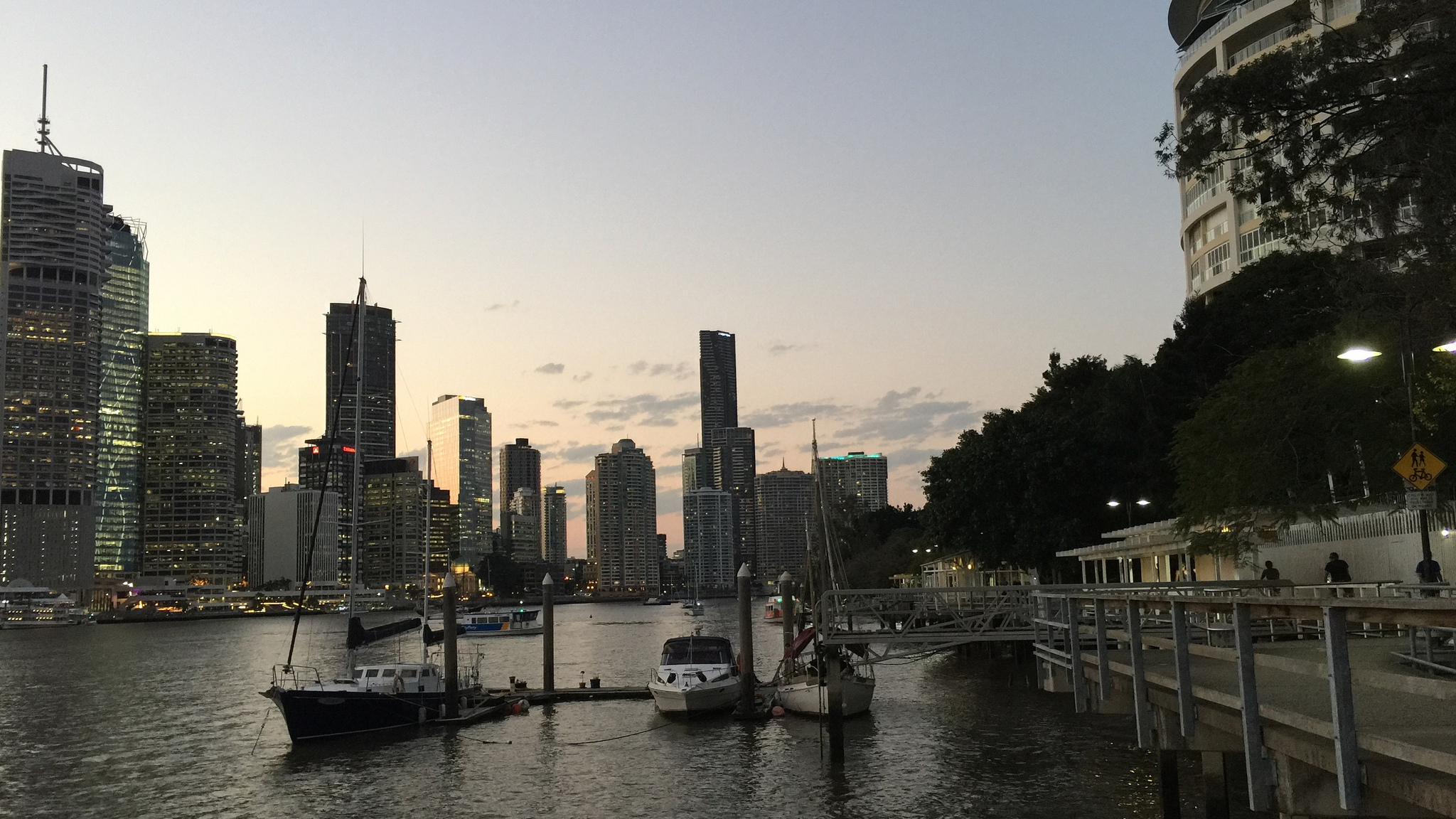
How does Australia manage population growth?

Despite political commentary, Australia’s population policy is about right when it comes to managing ageing, immigration, economic development and the cities and regions
Published 2 October 2018
Australia’s population is one of the fastest growing in the OECD, with Victoria recording the highest growth rate of all States and Territories last year.
Managing these numbers, and in particular the number of people living in Melbourne and Sydney, is the subject of ongoing political debate.

Several people including former Prime Minister Tony Abbott, Bob Carr, Dick Smith and Pauline Hanson have argued to reduce Australia’s migration programme.
And the government, while supporting the current level of the programme, is proposing adjusting migration policy to encourage more migrants to work in regional towns, in an attempt to ease congestion in our major cities.
But are these steps necessary?

Australia’s population policy
In actual fact, Australia already has a highly sophisticated, multi-faceted and mostly effective population policy. It doesn’t specify a target population level or even a target rate of population growth, but nor does any other country.
Population policy depends on managing a number of factors, including the numbers of births and deaths (natural increase) and also the net overseas migration.
The current structure of Australia’s international migration programme was mostly put in place by the Howard Government. In Howard‘s last year, the permanent residence programme (Skilled and Family) was close to 160,000 people per year.
The Gillard Government increased this to 190,000, a figure that has remained unchanged.
Why 190,000?
Government research in 2010 showed that net overseas migration (NOM) of 160,000 to 220,000 people per year optimises the impact of migration on the growth rate of gross domestic product (GDP) per capita, by changing the speed and level of population ageing. Since then, the programme level has been set in the middle of this range, at 190,000.

To achieve this, Australia’s population policy has five main components.
1.maximising survival
Since 1970 Australia has been extremely successful in reducing mortality, thanks largely to successful public health campaigns (like anti-smoking and road safety) and massive increases in public expenditure on health.

Business & Economics
An Australian place to call home
For men, the odds of dying between the ages of 55 and 75 fell from 54 per cent in 1971, to 20 per cent in 2015. For Australian women today, deaths under the age of 75 years are so uncommon that eliminating them would add only two years to life expectancy at birth.
2. supporting families to have the number of children they want
Australia’s fertility rate has fluctuated in ideal range of 1.7 and 2.0 births per woman for the past 42 years. This has been supported by access to low-cost birth control methods and government policies like subsidised childcare, parental leave, social security payments and public support for early childhood education.
3.moderating the speed and extent of population ageing through immigration
Immigration’s impact on ageing is substantial. The proportion of the population aged 65 and over would increase from 15.4 per cent in 2017 to 26.8 per cent in 2051 if net migration was zero during this time, but it would be only 20.5 per cent if net migration continued at its present average of 200,000 per year.

Before immigrants themselves grow old, they will have had their children and their grandchildren; Australia’s future natural increase is heavily dependent upon immigration.
Through its impact on ageing, immigration also has a positive effect on GDP. Government modelling shows that, with 180,000 migrants per year, GDP per capita would be 12 per cent higher in 2053 than if migration was zero over this period.
4. through immigration, providing the skills australia needs for economic development

Environment
How is commuting changing us?
Besides its impact on population ageing, immigration policy should be flexible enough to respond to short and medium term changes in labour demand and supply, and to skills needs.
There will be an estimated 4.13 million new jobs in Australia between 2017 and 2024 – around half due to the retirement of baby-boomers.
Between 2011 and 2016, employment increased by 738,000. This consisted of 268,000 additional older workers (55+), 613,000 new immigrants, and a fall of 143,000 non-immigrants aged under 55. The same scenario will continue into the future.
In the absence of migration, the number of employed people under 35 would fall by 518,000 between 2016 and 2026. But with net overseas migration of 200,000, it would rise by 425,000.
In an age of rapidly changing technology, young workers are valuable and can accommodate changes in occupational structure.
In recent years, international students have dominated the skilled immigrants’ selection and this is likely to remain the case. The net can be spread a little wider through skilled temporary migration - the most effective way to fill labour shortages in regional areas in the short term.
5. dealing with the distribution of population across cities and regions

In 2016-17, 77 per cent of Australia’s total population growth was in Sydney, Melbourne, Brisbane and their satellites - Newcastle, Wollongong, Central Coast, Geelong, Melton, Bendigo, Ballarat, Gold Coast, Sunshine Coast and Toowoomba.
There is lots of evidence that movement responds to labour demand. Net overseas migration for Western Australia fell from 51,000 to 13,000 between 2011-12 and 2016-17. Net internal migration to Victoria has swung from a loss of 30,000 in the mid-1990s to a gain of 20,000 now – a swing of 50,000 per annum.
What would happen if international immigrants were diverted away from high-growth cities, as the government is proposing?
Ironically, reducing international migration to large cities would make it harder for the regions, including Adelaide and Hobart, to maintain their populations because their young people would be drawn to Sydney and Melbourne, replacing the immigrants.
There is no immediate substitute for better city planning, especially urban transport infrastructure. Unless the balance between labour demand and supply changes, Australia should maintain its present population policy.
Australia’s population and labour force prospects will be discussed by Professor Peter McDonald during a free public lecture at the University of Melbourne on Wednesday October 3.
Banner image: Shutterstock
